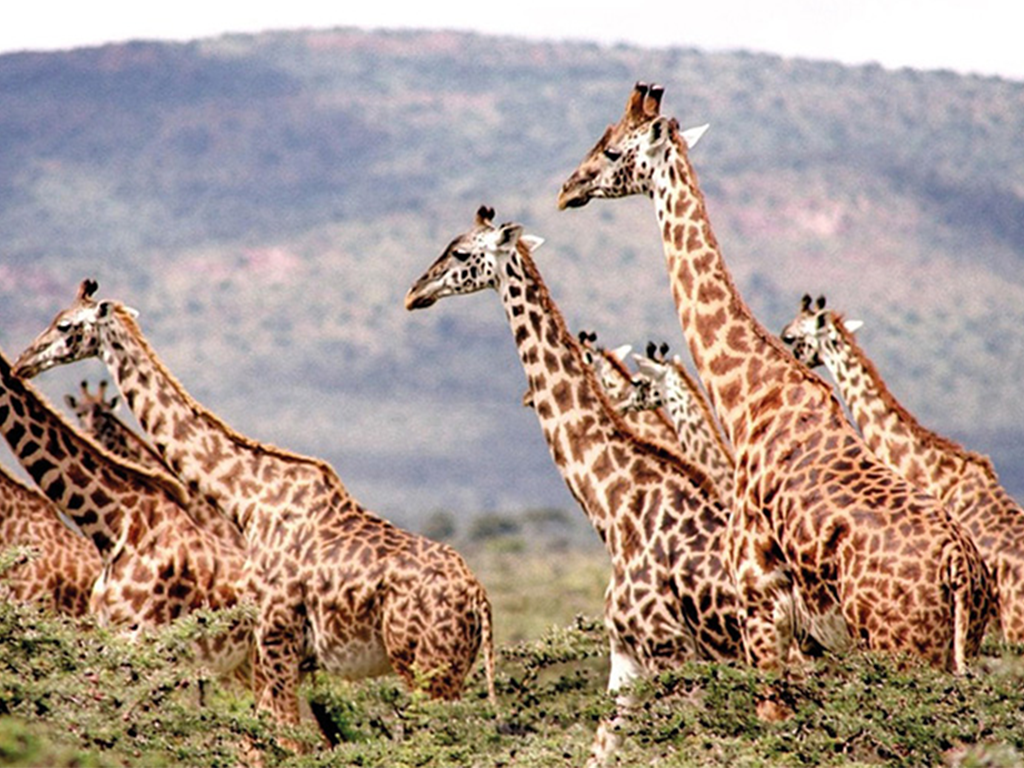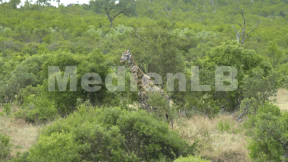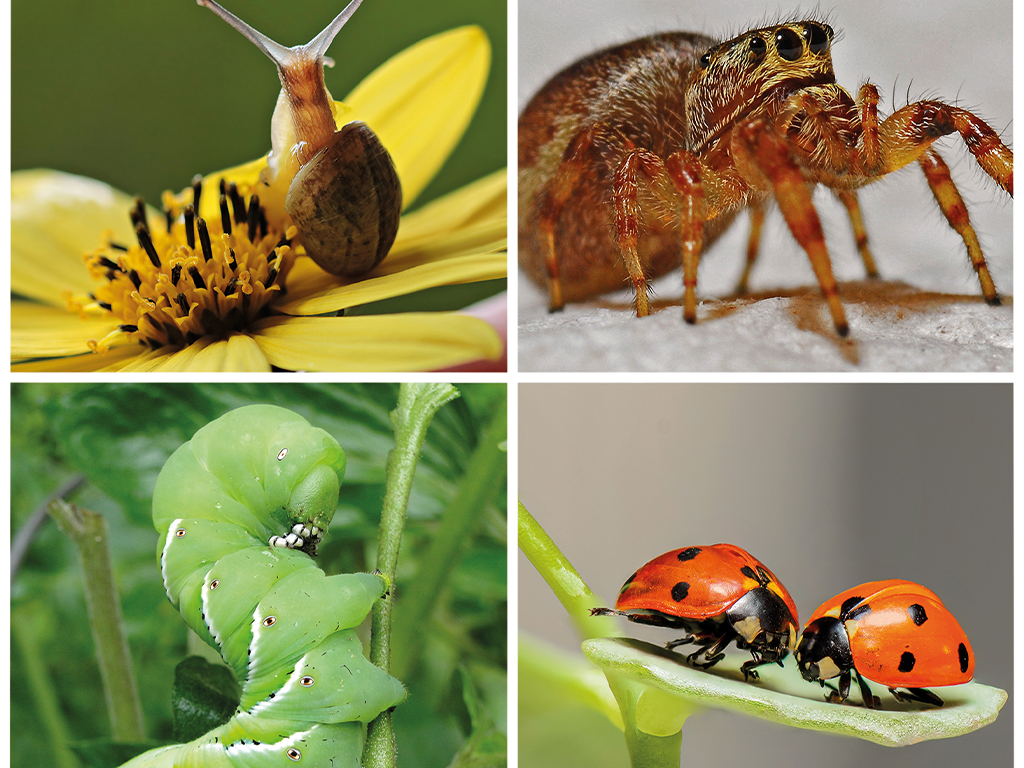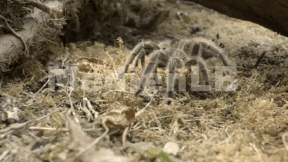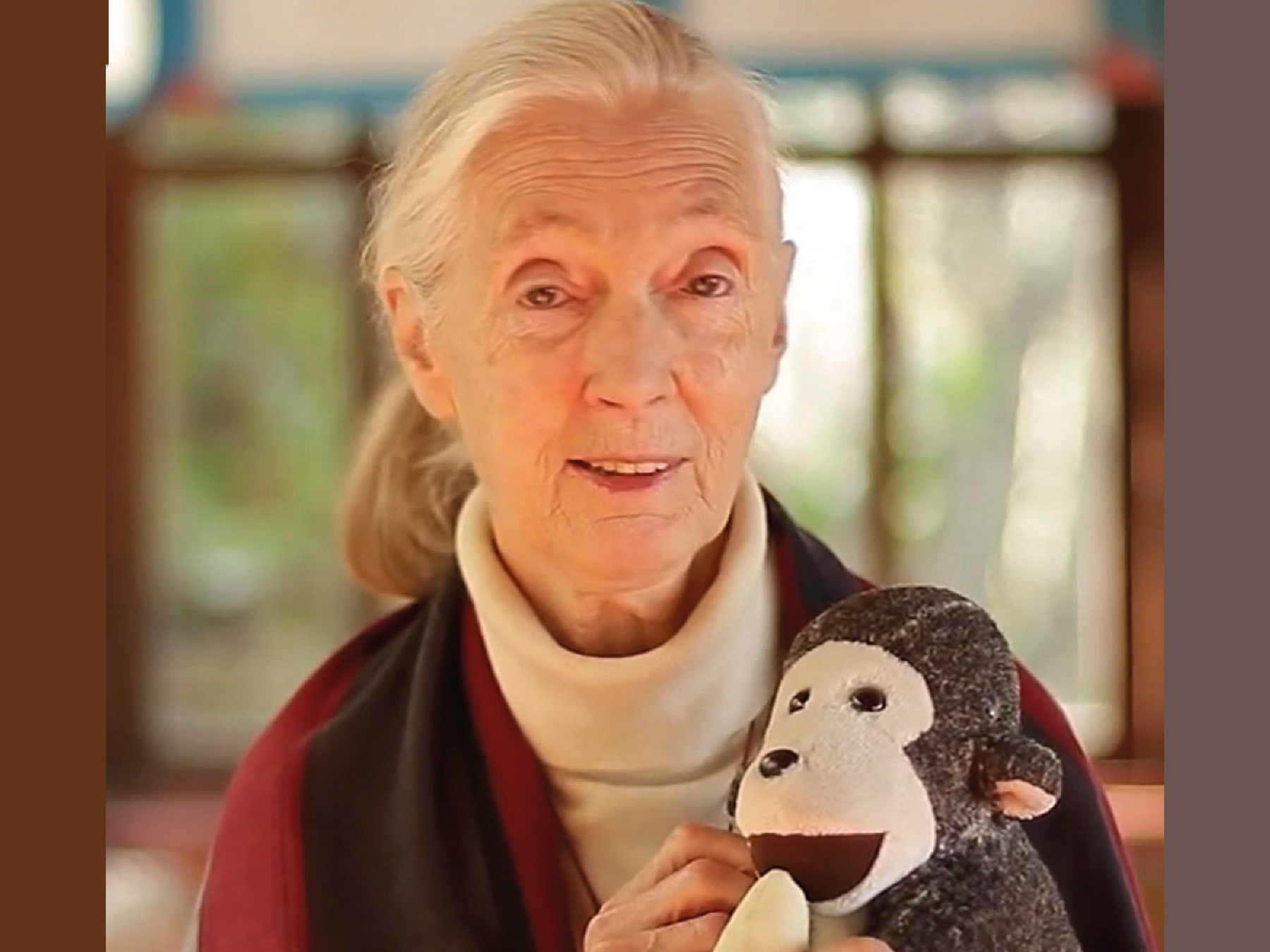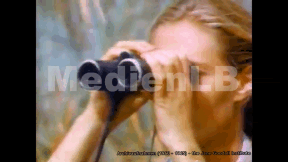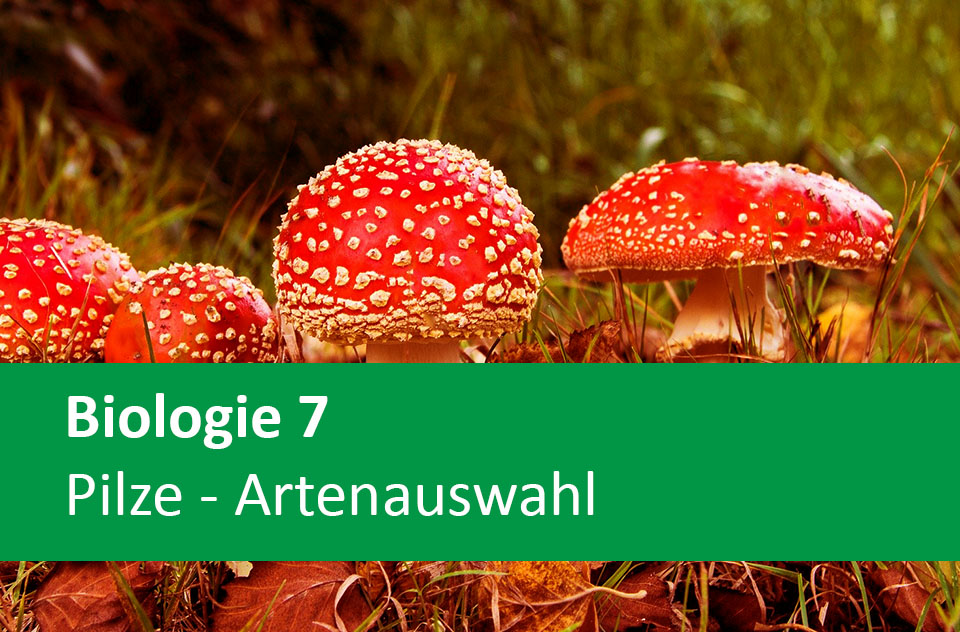
55501813
Pilze – Artenauswahl
In unserem Arbeitsheft Biologie 7, Pilze – Artenauswahl finden Sie 50 interaktive und didaktisch aufbereitete Aufgaben.
Das Medium bietet H5P-Aufgaben an, die ohne zusätzliche Software verwendbar sind. Das Medium enthält interaktive Videos und 50 H5P-Aufgaben zum Thema Pilze – Artenauswahl.
Durch interaktive Aufgabentypen wird das audiovisuelle und interaktive Lernen einfach.
Lernen macht jetzt Spaß!
Included Tasks
- 1. Vielfalt der Pilze - Interaktives Video
- 2. Kennzeichen und Bau der Pilze - Interaktives Video
- 3. Die Fortpflanzung der Pilze - Interaktives Video
- 4. Fortpflanzung der Pilze - Interaktives Video
- 5. Pilze als Zersetzer - Interaktives Video
- 6. Pilze - Gift und Medizin - Interaktiver Lückentext
- 7. Pilze - 5 interaktive Aufgaben (1)
- 8. Pilze - 5 interaktive Aufgaben (2)
- 9. Pilze - Interaktive Aufgaben
- 10. Pilzarten - Ziehe die Namen der Pilze auf die korrekten Bilder!
- 11. Pilze - Bildauswahl/Steckbriefe - Druckvorlagen/Tafelbilder
- 12. Beliebte Speisepilze erkennen (1)
- 13. Ordne zu - Gift- oder Speisepilze (1)
- 14. Der Fliegenpilz - Amanita muscari - Artenporträt
- 15. Gemeiner Steinpilz - Boletus edulis - Artenporträt
- 16. Krause Glucke - Sparassis crispa - Artenporträt
- 17. Wiesen-Champignon - Agaricus campestris - Artenporträt
- 18. Maronen-Röhrling - Imleria badia - Artenporträt
- 19. Parasolpilz - Macrolepiota procera - Artenporträt
- 20. Birkenpilz - Leccinum scabrum - Artenporträt
- 21. Brätling - Lactarius volemus - Artenporträt
- 22. Bronze-Röhrling - Boletus aereus - Artenporträt
- 23. Dünnfleischiger Anischampignon - Agaricus silvicola - Artenporträt
- 24. Grünling - Tricholoma equestre - Artenporträt
- 25. Gemeine Stinkmorchel - Phallus impudicus - Artenporträt
- 26. Grüner Knollenblätterpilz - Amanita phalloides - Artenporträt
- 27. Edelreizker; Blut-Reizker - Lactarius deliciosus - Artenporträt
- 28. Spitzgebuckelter Rauhkopf - Cortinarius rubellus - Artenporträt
- 29. Kahler Krempling - Paxillus involutus - Artenporträt
- 30. Satans-Röhrling - Rubroboletus satanas - Artenporträt
- 31. Frühjahrs-Giftlorchel - Gyromitra esculenta - Artenporträt
- 32. Weißer Rasling - Lyophyllum connatum - Artenporträt
- 33. Dickschaliger Kartoffelbovist - Scleroderma citrinum - Artenporträt
- 34. Schöngelber Klumpfuß - Cortinarius splendens - Artenporträt
- 35. Buchen-Spei-Täubling - Russula nobilis - Artenporträt
- 36. Blutroter Hautkopf - Cortinarius sanguineus - Artenporträt
- 37. Gift-Häubling - Galerina marginata - Artenporträt
- 38. Flaschenstäubling - Lycoperdon perlatum - Artenporträt
- 39. Frauentäubling - Russula cyanoxantha - Artenporträt
- 40. Goldröhrling - Suillus grevillei - Artenporträt
- 41. Habichtspilz - Sarcodon imbricatus - Artenporträt
- 42. Pfifferling - Cantharellus cibarius - Artenporträt
- 43. Mönchskopf - Clitocybe geotropa - Artenporträt
- 44. Herbst-Trompete - Craterellus cornucopioides - Artenporträt
- 45. Hainbuchenröhrling - Leccinum carpini - Artenporträt
- 46. Judasohr - Auricularia auricula-judae - Artenporträt
- 47. Maipilz - Calocybe gambosa - Artenporträt
- 48. Schweinsohr; Purpurleistling - Gomphus clavatus - Artenporträt
- 49. Winterrübling; Samtfußrübling - Flammulina velutipes - Artenporträt
- 50. Kennst Du diese Pilze - Ordne die Namen zu den Bildern
Curriculum-centred and oriented towards educational standards
Matching
Giraffes
The giraffe is a superlative mammal. It is considered the largest land mammal, has a neck up to two meters long and the pattern of its fur is as unique as the fingerprint of a human.
Invertebrates
The term “invertebrates” was coined by the French zoologist and botanist Jean-Baptiste de Lamarck in the early 19th century. He was the first to address the classification of the then so-called “lower animals” and divided them into different categories and classes.
Jane Goodall
Jane Goodall is considered a pioneer among behavioral scientists in the world of chimpanzees. At the age of only 26, she began her work as a scientist in Tanzania, East Africa, in early 1960. She lives with free-ranging chimpanzees and provides insights into their social behavior and abilities. As founder of the Jane Goodall Institute, she has worked since 1986 to raise awareness and sustainability regarding the coexistence of humans, animals and the environment. The film provides insights into the life and work of Jane Goodall.




